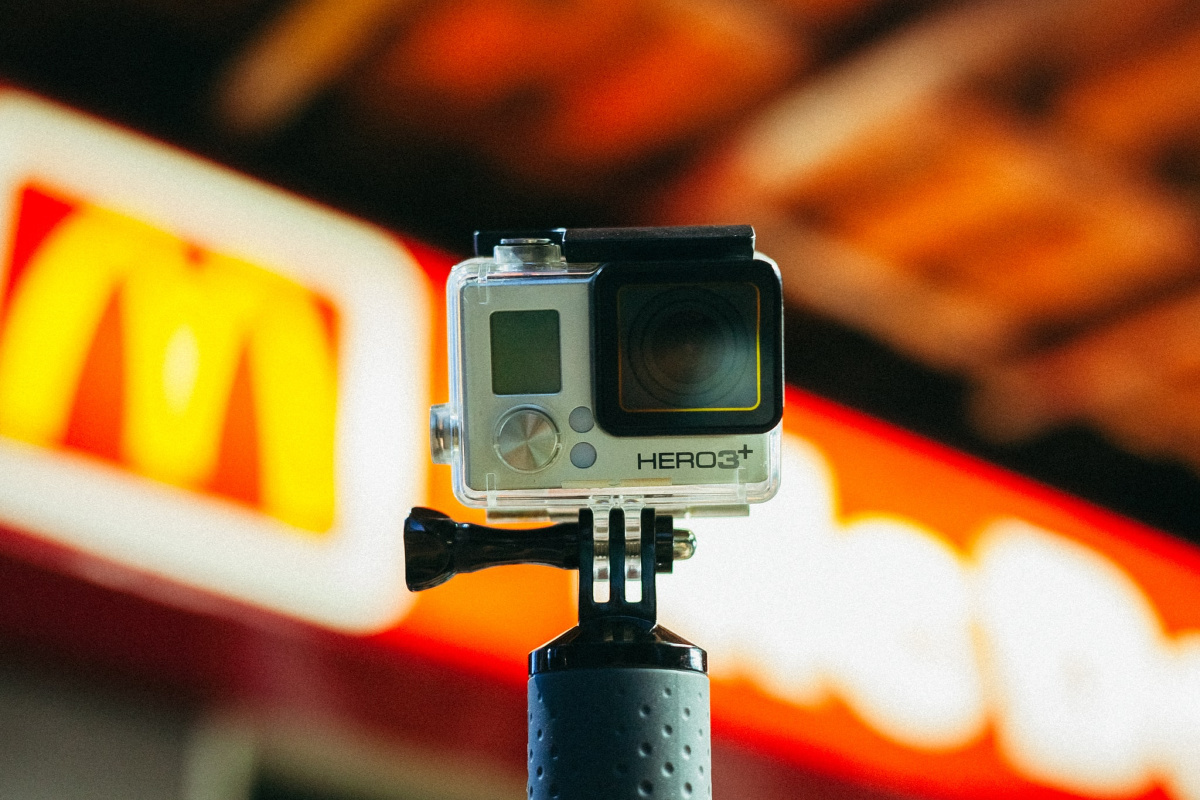Pivoting to Video: Easy Video Marketing Ideas for Restaurants
3 Min Read By Mark Plumlee
Producing and sharing videos has never been easier. Advances in phone camera technology and the ease of uploading to the internet have made video marketing not only a possibility for most businesses, but a necessity.
In 2017, Facebook founder and CEO Mark Zuckerberg discussed the importance of video to the future of internet marketing. He claimed that video is a “mega-trend on par with mobile” and that by 2019, most of Facebook would in fact be video.
Video isn’t only the future — it’s the present. Consider these stats:
-
50 percent of consumers watch an online video every day
-
49 percent of consumers say they watch more videos this year than the year before
-
62 percent of all video watching comes via mobile devices
-
Snapchat videos get over 10 billion daily views

Unsure of where to start? Consider these three video types as jumping off points to kickstart your new video marketing campaign:
Vlog Videos
For those of you not familiar with the term, Vlog is the equivalent of a blog, but it contains videos rather than prose.
These are the easiest videos to produce, but they also require the most commitment and consistency. Just like a blog, you need to be willing to put in the work before seeing the returns.
Tip: Keep your audience in mind. The biggest mistake that bloggers and vloggers make is generating content that no one cares about. An update on your day? Probably not that interesting unless you’re a famous chef. When brainstorming content ideas, keep your audience and their interests at the forefront.
Video Tour of Your Menu
This is an easy one that any restaurant can do. Make a video of your menu where you walk your customers threw each item and what makes it special. Some ideas for talking points:
-
What goes into the recipe?
-
How did you find or create the dish?
-
Does it have any special resonance with you?
-
How did you pick your menu aesthetic?
Tip: Not satisfied with your menu visuals? With online DIY tools like MustHaveMenus, high-quality menu design has never been more attainable. You can choose from thousands of templates and customize them to fit your restaurant in a few simple steps.

Tasty-Style Videos
Tasty is the ultimate example of the power of video marketing in the food sector. We’ve all seen the videos. They start with a delicious shot of the final dish, then they deconstruct the cooking process step-by-step with overhead shots. They’re short, entertaining, and easily viewed on Instagram or Facebook.They’ve also become some of the most watched video content on the internet with over a billion views each month.
The good news is that any restaurant can mimic this style of video. All you need is the camera on your phone and some decent lighting. Share your favorite recipes or ones you’ve been tinkering with. Provide videos for seasonal treats or holiday meals. However you choose to spin it, these Tasty-style videos are a great way to kick off your video marketing.
Tip: Play with the tempo. Every video editing software comes with the ability to speed up or slow down the video. Find the pace that works for you. When it comes to Tasty-style videos, this usually means speeding up the process. Viewers don’t have time to watch the full meal prep process.
Behind the Scenes Videos
Give your customers a glimpse of how the sausage gets made (figuratively speaking, of course). In today’s foodie culture, customers want to feel a connection to the food and restaurants they patronize. Videos are a great way to establish that in a fun, easily-digestible format.
Here are some ideas to get you started:
-
Spotlights on your employees and chefs let your customers get to know the human faces behind your restaurant. These could be interviews or “a day in the life” videos,
-
Exposes on your suppliers and eco-friendly practices shines a positive light on your business practices
-
Interviews with customers about why they love your food, favorite memories at your restaurant, etc.
Tip: Provide subtitles. The majority of videos are watched without volume as people scroll through their social feeds. If you want to properly convey your message, spell it out in subtitles. Facebook, YouTube and Google also prioritize videos with subtitles because of their accessibility.


